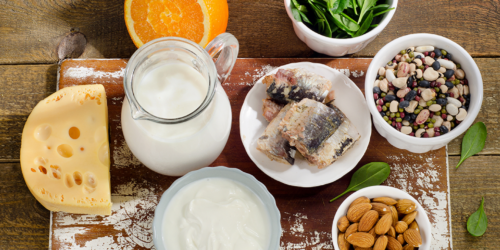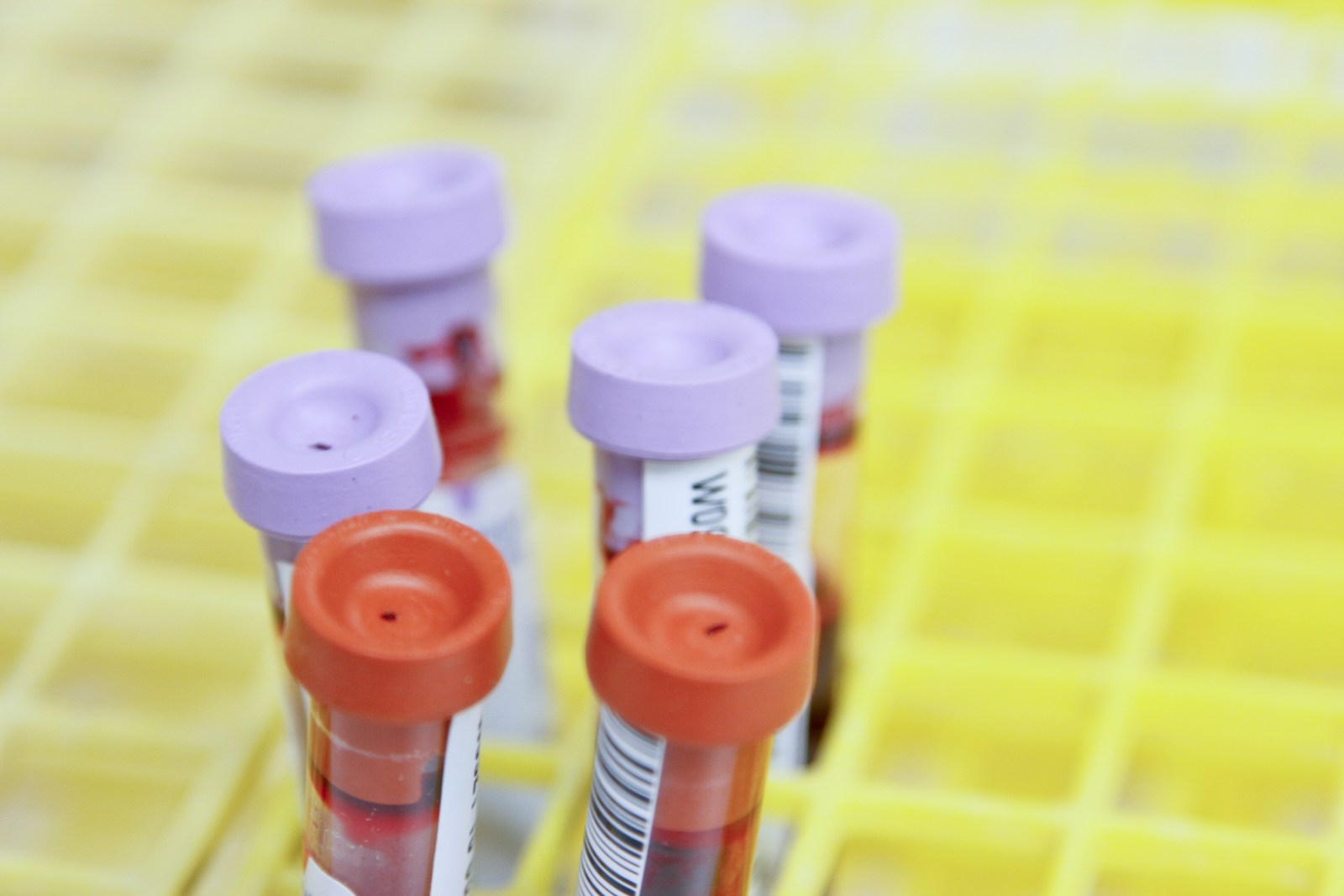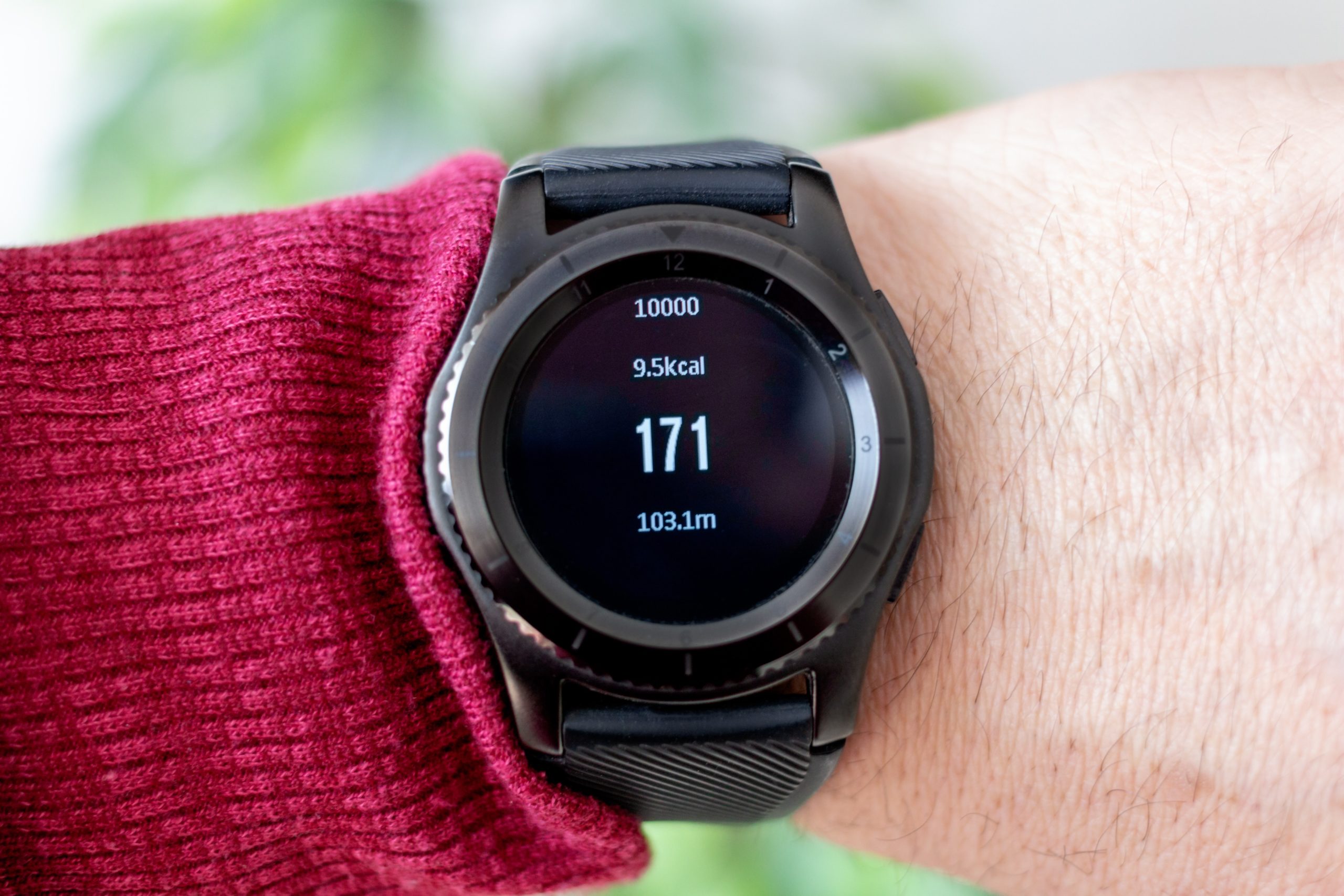Vitamin D, Calcium and Bone Health in Endurance Athletes

As the days get shorter and the temps cooler it’s officially post-season for triathletes who live and train in the northern hemisphere. During these months, we flock to indoor pools, indoor trainer sessions, and camp out on treadmills. Despite following a balanced and varied diet, the prevalence of low vitamin D, deficient calcium consumption combined with reduced sunlight exposure can be a recipe for disaster among athletes of all ages. Both calcium and vitamin D play a critical role in bone health in endurance athletes and its role in exercise-related inflammation and prevention of chronic disease is vastly accumulating.
We all know that calcium is good for bone strength and overall bone health but calcium can only reach its full bone-building potential if your body has adequate vitamin D. Calcium and vitamin D work together to protect bones. Calcium helps build and maintain bone density and strength while vitamin D assists in the absorption of calcium. So, even if you are taking in adequate calcium, it is not effective if you are deficient in vitamin D.
Calcium
Approximately 99.5% of the total calcium in the body is in our bones and teeth. While many athletes take in enough calcium in their diet, women on average are deficient in calcium intake. This can be partially blamed for the replacement of popular beverages such as coffee, and soda. To further add to this problem, we lose calcium daily through our skin, nails, hair, sweat and urine. The body cannot produce lost calcium. So, if we don’t get enough calcium to meet our body’s needs, it will be taken from our bones – which leads to bone loss, low bone density and an increase in fractured bones.
Sources of Calcium
Food is the best source of calcium and is largely found in dairy products such as milk, yogurt, cottage cheese and cheese. Other sources include greens veggies such as collard greens, broccoli, and kale.
Vitamin D is one of four fat-soluble vitamins (A, D, E, and K), and requires dietary fat for absorption in the body. We store fat-soluble vitamins in our body with the exception of Vitamin D. Over two-thirds of the US population are at risk of vitamin D deficiency and likely may not even know it.
Role of Vitamin D
Why is vitamin D important? Well, for starters, vitamin D is essential for calcium and phosphorus absorption and metabolism, and plays a key role in maintaining bone health in endurance athletes. Additionally, research strongly suggest vitamin D plays a key role in injury prevention, improved neuromuscular function, increased type II muscle fiber size, reduced inflammation, reduces risk of stress fracture, strengthens immune system, and improves overall health.
Vitamin D and Calcium
Because vitamin D regulates calcium absorption and together both play a vital role in bone health, we would be amiss to not discuss calcium, the most abundant mineral in the body. Ninety-eight percent of calcium is found in bone mass and the remaining 2 percent circulates in the bloodstream and in our teeth. As endurance athletes, we lose calcium (and sodium) via sweat during strenuous exercise and unlike vitamin D; we require more dietary calcium than our sedentary counterpart. From this calcium loss and possible inadequate calcium intake, we are more susceptible to bone loss, osteoporosis (loss of bone mass), and bone fractures. Additionally, after age 35, the body’s natural bone building process begins to decline so it becomes even more important to prioritize maintaining bone mass. Without adequate Vitamin D, we absorb only 10-15 percent of the calcium consumed – compared to the standard 30 percent.
Are you at Risk?
Athletes with history of stress fracture, bone or joint injury, muscle pain or weakness, and reduced exposure to ultraviolet B light (UVB) (from indoor training, heavy use of sunscreen or sun protective clothing, persons with history of skin cancer and dark complexions), or eliminate dairy products should have vitamin D blood levels assessed. Vitamin D blood levels of 32-50 ng/ml are optimal for athletic training-induced adaptation. Blood levels less than 30 ng/ml are considered insufficient.
Our ability to make vitamin D from sunlight decreases as we age, older athletes and those with limited sun exposure may be candidates for supplementation and increased vitamin D/calcium intake. If you live in the northern part of the US and Canada, sun exposure of any length may be inadequate from October through April. One way to determine if you are effectively making vitamin D from sunlight is when the skin turns slightly pink from exposure.
Recommendations:
- Sun exposure without sunscreen – 10 minutes for lighter skin and 20-30 minutes for darker complexions at least three times per week during the middle of the day. The more skin exposed the more you absorb (ideally bare arms and legs).
- Increase vitamin D rich foods. Fatty fish (cod, mackerel, salmon, and sardines) and egg yolks. Fortified dairy products such as low-fat or whole milk, soymilk, yogurt, butter, margarine, and fortified cereals. Some orange juices are fortified with calcium and vitamin D. Research suggests vitamin D from fish, dairy products and from sunlight improve the body’s absorption levels as opposed from a supplement.
- Consult a physician to determine if you are low in vitamin D.
The Female Athlete and Bone Health
Although male athletes are not exempt from decreased bone mass or stress factures, it is more prevalent in female athletes. The primary contributing factors of low bone-mineral density in females include, low energy availability or inadequate energy intake (defined as dietary intake minus energy expenditure less than 30 cal/kg of fat free body mass), amenorrhea, menstrual dysfunction, low estrogen levels. Inadequate calcium intake further increases the risk.
Recommendations for Female Athletes at Risk
- Consult with a sports dietitian (RD, CSSD) for effective nutrition strategies to improve bone health.
- Engage in weight bearing activities such as running, and weight training to improve skeletal calcium absorption, increase bone mass and offset the bone loss rate as we age.
Calcium and Vitamin D Daily Requirements*
Calcium
14-18 years old 1,300mg (male/female)
19-50 years old 1,000mg (male/female)
51-70 years old 1,000mg (men); 1,200mg (women
71+ years old 1,200mg (men/women)
If the calcium supplement is calcium carbonate, it should be taken with meals to improve the absorption rate otherwise if calcium citrate, it can be taken anytime.
Vitamin D
9-70 years old 600 IU
71+years old 800 IU
From a daily multivitamin that contains 600-800 IU vit D as D3 or cholecalciferol
*Source: National Institutes of Health









